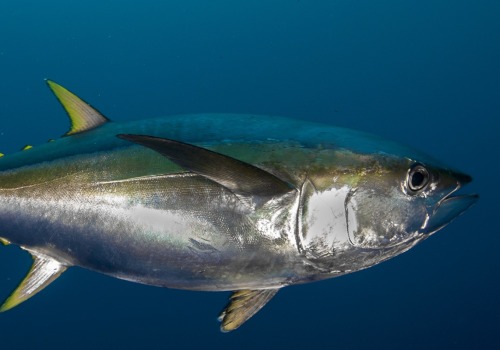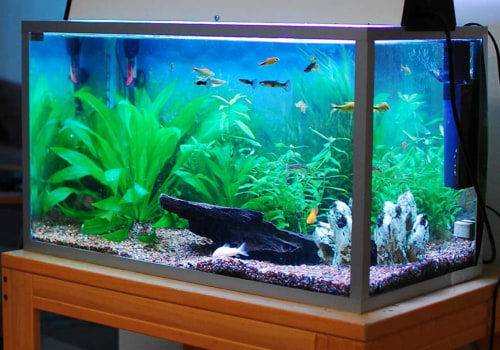When buying tuna, opt for light canned or canned varieties, which don't contain as much mercury as albacore or bigeye. You can consume canned and canned light tuna along with other low-mercury species, such as cod, crab, salmon and scallops, as part of the recommended 2 to 3 servings of fish per week (. Canned light tuna is the best option with less mercury, according to the FDA and the EPA. Canned albacore and yellowfin tuna have a higher mercury content, but you can still eat them.
Bigfoot tuna should be completely avoided, but that species isn't used for canned tuna anyway. The mild flavor of this canned tuna makes it easy to incorporate into salads, sandwiches and pasta without overwhelming the entire plate. When looking for the best canned tuna, there is much more to consider besides the flavor prepared for tuna sandwiches. As long as you're aware of the amount of mercury you consume and keep it around one can per week, it's hard to go wrong with most cans of tuna.
Packaged only in natural juices and sea salt, this tuna brand retains a fresher flavor and more omega-3.Each can contains sustainably caught wild tuna and fresh produce such as succulent corn, sliced olives, tasty herbs and sweet red peppers. It is important to keep in mind that almost all fish contain some amount of mercury and, in fact, tuna has less than other varieties such as swordfish or mackerel. Regardless of the brand of tuna, you'll likely see certain words appear on tuna cans over and over again, such as sandpaper, yellowfin or albacore. The Food and Drug Administration and the Environmental Protection Agency “recommend limiting the intake of fish and seafood high in mercury (including tuna and other large predatory fish such as sharks, swordfish, whitefish and king mackerel) to no more than six ounces per week, and a can of tuna usually weighs five ounces,” Samuels told HuffPost.
Reducing your sodium intake and continuing to enjoy the tuna sandwich at lunchtime is easy with this low-salt canned tuna. The worst case scenario is when the nets are used with floating fish aggregation devices (FAD), which attract all types of marine life, not just tuna, says Carrie Brownstein, global seafood quality standards coordinator at Whole Foods Market. There is tuna in olive oil, tuna in water, light tuna in pieces, yellowfin tuna; the list goes on and on. On the contrary, industrial tuna is first cooked on grates, refrozen, defrosted, machine-packed, filled, and then cooked for a second time, which can be an effective mass production process, but definitely not artisanal.




Leave Message